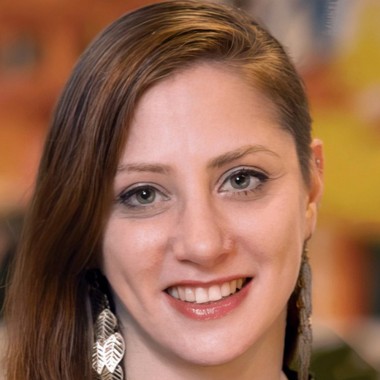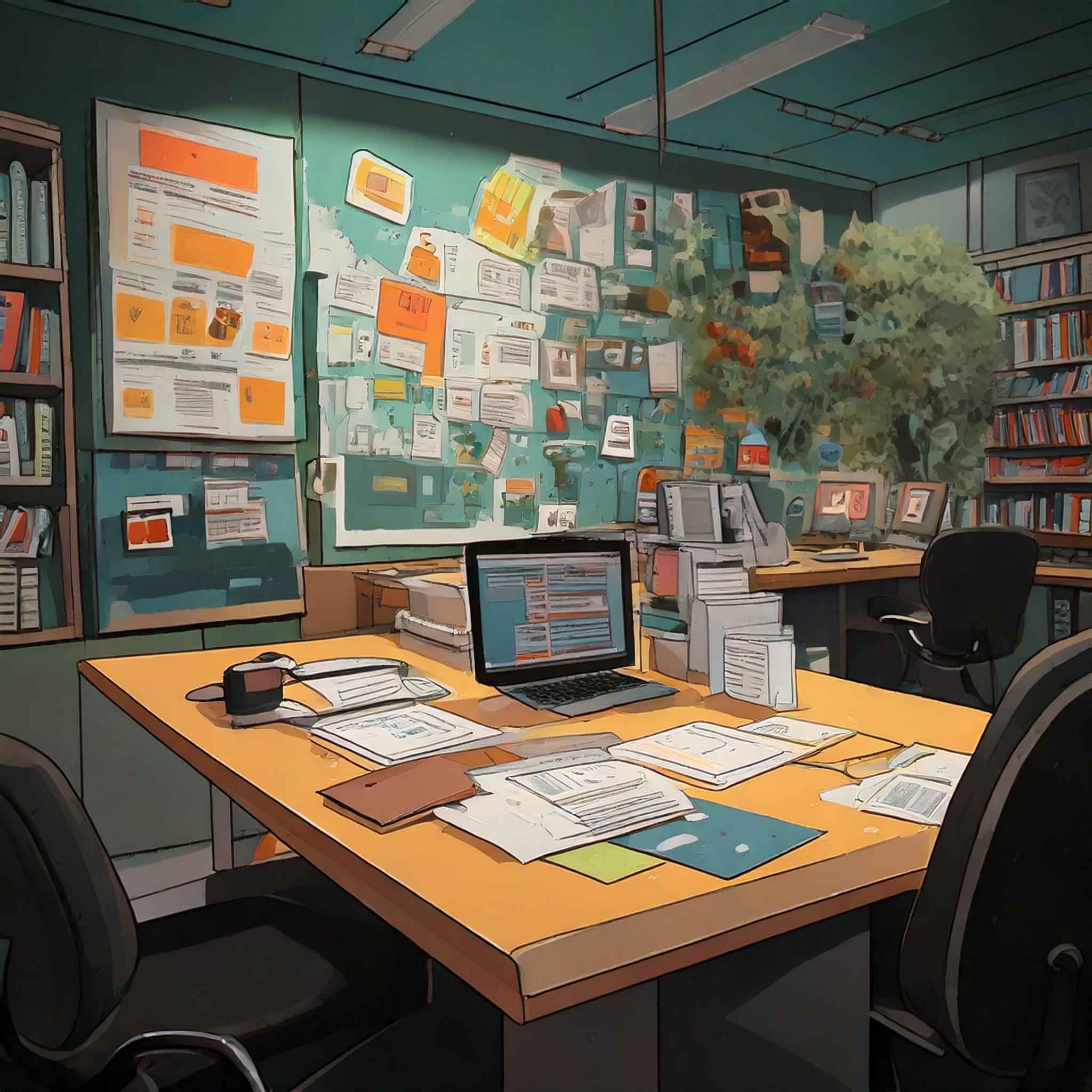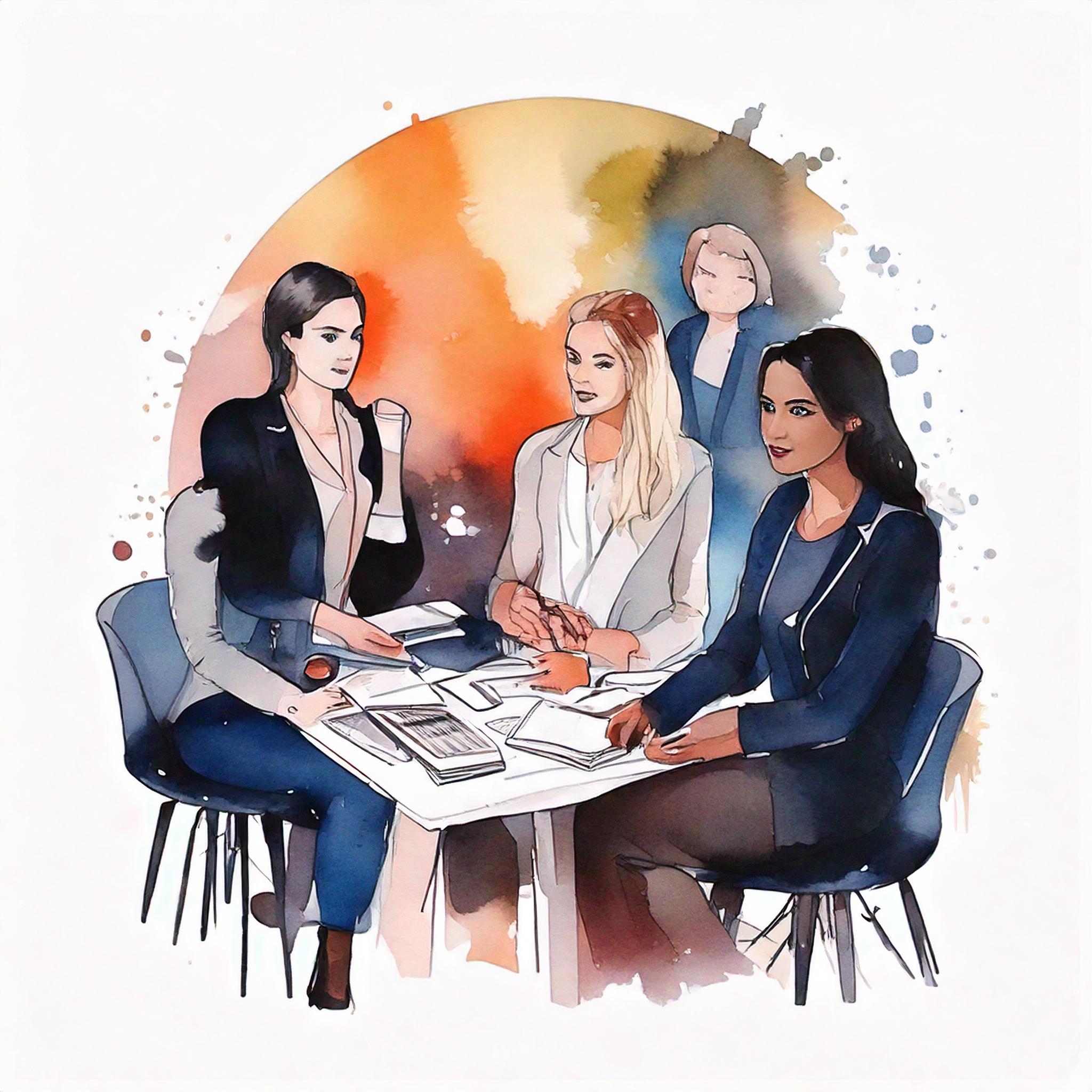Right-to-Left Typesetting and Design in InDesign
Rachel Mendelson
Denver, Colorado
General Assembly,
1520 2nd St.,
Santa Monica, California 90401
August 15, 2019
6:30–9:30 p.m.
In English and European languages words are read left-to-right, but in Semitic languages such as Farsi, Arabic and Hebrew, text is read right-to-left. In these languages the layout reflects this directionality. For example, in a three-column layout, the first column starts at the top right of the page. In a table, the first column is the right-hand one.
This special presentation will start by covering the technical aspects of using InDesign to create right-to-left text such as versions, language set-up, customization of the various menus, etc. It will then continue with a myriad of formatting issues and will conclude with aesthetic considerations including positioning multiple languages and numbers in the same layout.
Even if you don’t work with right-to-left designs, this presentation will provide an interesting peek into another world of our namesake program. Activate your InDesign multiculturalism!
You will learn:
- Text composition right-to-left
- Number composition left-to-right
- Fonts
- Nikkud (Hebrew vowels)
- Special Hebrew symbols
- Kerning and editing special characters
- Location of special characters
- Other languages
Parking
There is subterranean parking in the Byran Cave Building, the four-story building directly to the right of General Assembly. Parking is flat fee $7 after 4 p.m. There are also Santa Monica City Public Parking Garages nearby that charge $2 a hour.
Meeting Notes
By Alvin Takamori
Normally, the Los Angeles InDesign User Group meets every other month. However we held an extra meeting between months because a presenter and topic we had sought were both finally available.
And so it came to pass that Rachel Mendelson spoke on right-to-left typesetting at General Assembly in Santa Monica on Auguist 15, 2019. Rachel is a graphic designer who lived and worked in Israel before moving to Los Angeles, where she has continued to focus on bilingual projects.
She began by posing the following question, “Why study foreign language typesetting?” It’s all around us even if we don’t immediately notice it. For example: on trash cans that seek separation of items, welcome signs, in political campaigns, medical forms and documents.
Then Rachel shared her extensive knowledge of Middle Eastern languages. She mentioned five languages: Hebrew, Arabic, Yiddish, Farsi and Urdu. In contrast to English, these are written from right to left.
Hebrew started out as a spoken-only language. It was never written. Aramaic was written. Biblical (written) Hebrew is different. Aramaic had an influence on the creation of written Hebrew – that was first used for writing down the Bible. Over time, the Biblical version was used less and less. To revive the language, a modern version was created in the 1930’s. Among the changes was the addition of punctuation and numbers. Numbers used to be spelled out, but the modern version allowed the use of actual numeric digits, which unlike the rest of the language, are read left to right.
So now there are five different writing styles for Hebrew. The Torah Style also called “STAM” which is an abbreviation for it’s three uses: Torah books (Sefarim), Tefilin, and Mezzuzot (doorpost prayer). The second is Rashi Style which is based on 15th century Sephardic semi-cursive handwriting which is only used in Bibles for commentary by Rashi and a few others. (although Rashi did not write this way) The third is Religious Style which is used in Jewish prayer books, ketuba and other religious documents like marriage certificates and invitations. Fourth is the Modern Print Style which is widely used for Hebrew printed communication, and fifth is the Modern Cursive Style which is the handwritten style of the Jewish world.
InDesign has a special Middle Eastern (ME) version for these languages. It looks and behaves exactly the same as regular InDesign except for a few added options that pop in a couple of places. For instance, under Type you have the option to Insert Special ME character. In the Paragraph Style window, you can choose Middle East Character and Right to Left for Character Direction.
When it comes to Hebrew fonts, apparently you get what you pay for. There is a free font called “David,” but Rachel did not like it. It doesn’t have any vowels, and the kerning is poor, so some diacritical marks run into characters. Hebrew has a lot of diacritical symbols. There are marks above the characters indicating pitch when reading texts for cantillation. There can also be dots below called Nikkud. These indicate vowels, which adults don’t need, but are added to help children read. All these marks add to the complexity of kerning Hebrew characters. This is also why a well-designed Hebrew font takes considerable effort to create. Of course, this effort is not cheap, so expect to pay for a good font.
Rachel recommended that if you use Middle Eastern languages 5% of the time or more, go ahead and acquire the ME version of InDesign. The Arabic fonts that come with InDesign are okay. However, if you need Hebrew, she highly recommends investing in good fonts. She likes Master Font and Font Bit as sources for Hebrew fonts. She showed us a few examples of font families she liked.
The talk concluded with a few questions and answers. After that, we had our usual raffle prize extravaganza.
Farthest Attendee
The bona fide LAIDUG member who travels the farthest specifically to attend the meeting will receive her or his choice of any one deal at MightyDeals up to $50.00. Mighty Deals offers fonts, templates, apps, e-books, etc. You need to prove to us that you traveled farthest to attend this meeting. Having recently moved to the area from somewhere else won't cut it. Be prepared to show us indication of your current residence—perhaps a driver's license or a utility bill. Decision of the administrators of the Los Angeles InDesign User Group is final. Winner — Lauren Hale
Raffles
LAIDUG is supported by raffles of donated prizes. No one is required to participate in the raffles. Raffle tickets are: 1 for $3, 2 for $5, 5 for $10, 11 for $20, 24 for $40, 32 for $50 and 65 for $100. All major credit cards are accepted.
Raffle Prizes and Winners
Adobe Creative Cloud. 12 month subscription. Value $599.88 Winner — Lucy Hawkins
Collection of 24 Adobe software applications for graphic design, video editing, web development and photography including InDesign, Photoshop, Lightroom, Illustrator, Premiere Pro and Dreamweaver among others.
Markzware. Any single product. 12 month subscription. Value $199.00 Winner — Lucy Hawkins (Q2ID)
Choose one from the list below:
Q2ID (Quark to InDesign), Convert and open QuarkXPress files in InDesign.
PDF2DTP (PDF to InDesign), Convert PDF files to InDesign.
ID2Q (InDesign to Quark), Convert and open InDesign documents in QuarkXPress.
MT (Markzware), Convert InDesign documents to IDML files readable by InDesign CS4 through CC 2017.
FC (FlightCheck), Check native and PDF files for printing quality.
Expo Creative Asset Manager for Mac from Insider Software. Value $149.00 Winner — DeShawn Burton
Digital asset manager that allows you to view, tag, search and manage images, icons, fonts, audio, video, app documents.
Suitcase Fusion 8 from Extensis. 12 month subscription. Value $119.95 Winner — Meliva Koch
Font management program that allows you to organize your fonts from one plane—including system fonts, purchased fonts, fonts synced from Adobe Typekit, Google fonts, etc.
Font Agent Pro 8 from Insider Software. Value $99.95 Winner — Lucy Hawkins
Windows font management that allows you to organize, distribute and control your fonts.
InMotion Hosting. Web hosting and free domain. Value $90.00 Winner — DeShawn Burton
Web hosting company.
DTP Tools Cloud for InDesign. 6 month subscription. Value $77.40 Winner — Alan Gilbertson
Suite of 14 different InDesign productivity tools.
Multi-Find/Change 3.0 from Automatication. Value $49.95 Winner — Joanne Abensour
Extension for InDesign and InCopy that allows you to manage and execute Find/Change queries in batches rather than one at a time.
Adobe Stock. 15 image licenses. Value $44.00 Winner — Joanne Abensour
Royalty-free, high-quality photos, videos, and illustrations.
LA Web Professionals Group meeting tickets. Value $7.99 (four raffles) Winner — Lucy Hawkins, Rachel Mendelson, Laurel, Paley
Adobe user group that meets monthly with an emphasis on web design, marketing and the latest internet trends.
About the Presenter

Rachel Mendelson
Rachel Mendelson is senior graphic designer and typesetter with over 17 years of experience in digital and print design. She has worked with publishers and marketing agencies in the USA, Europe, Australia and Israel. Her clients include Apple, Denny's, AP Practice Workbooks, the Vatican and many others.
Rachel studied graphic design at Bar Ilan University in Israel and subsequently worked for Koren Publishers, one of the largest Jewish publishers in the country. In 2013, Rachel moved to Los Angeles where she continued working in graphic design with a focus on foreign language composition. In 2022, she relocated to Denver, Colorado.



